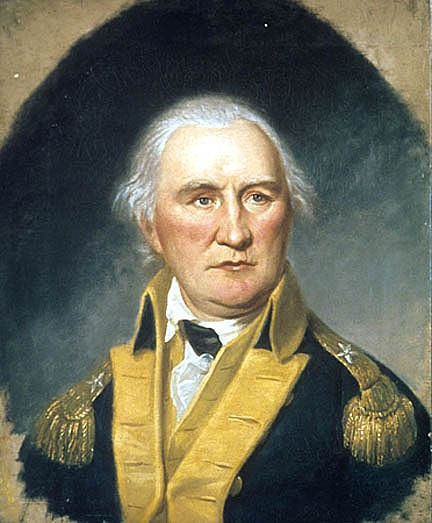On this date...
- katellashisadventure
- Jul 4
- 3 min read

In 1636, The city of Providence, Rhode Island is formed.
In 1754 George Washington gives Fort Necessity to France.
In 1774 Orangetown Resolutions adopted in the Province of New York, one of many protests against the British Parliament's Coercive Acts
In 1776, the Second Continental Congress unanimously adopted the Declaration of Independence, announcing the colonies’ separation from Great Britain.
In 1789 1st US tariff act signed by President Washington
In 1802, The United States Military Academy opened in West Point, New York.
In 1803, the Louisiana Purchase is announced to the American People.
In 1817, workers break ground on the Erie Canal at Rome, New York. The canal, completed in 1825, links the eastern seaboard with the Midwest and transforms New York into a major economic and cultural hub.
In 1826, Two major figures of the American Revolution who became U.S. presidents, Thomas Jefferson and John Adams, died—50 years to the day after the adoption of the Declaration of Independence. This left Charles Carol of Carrollton as the last living signer - he would die in 1832.
In 1827, Slavery is abolished in New York State.
In 1831, the fifth president of the United States, James Monroe, died in New York City at age 73.
In 1845, Essayist and philosopher Henry David Thoreau moved to his retreat at Walden Pond, where he eventually wrote a series of reflective essays titled Walden; or, Life in the Woods.
In 1845, the Congress of Texas votes for annexation to the United States.
In 1855, American author Walt Whitman first published Leaves of Grass, a landmark in the history of American literature; undergoing numerous revisions, the poetry collection became known for its unconventional language and its celebration of the human body and sexual passion.
In 1863, The Confederacy is torn in two when General John C. Pemberton surrenders to Union General Ulysses S. Grant at Vicksburg, Mississippi.
In 1865, Lewis Carroll's Alice's Adventures in Wonderland was published, though the first print run was soon recalled because of quality issues; a new first edition was released in November.
In 1884, The Statue of Liberty was presented to the United States by the French in Paris.
In 1910, In what was billed as the “Fight of the Century,” African American boxer Jack Johnson defeated James Jackson Jeffries, who was considered the “Great White Hope.” Johnson's victory led to nationwide celebrations by Black Americans that were sometimes met by violence from white people, resulting in more than 20 deaths across the country.
In 1912, the 48-star American flag, recognizing New Mexico and Arizona statehood, was adopted.
In 1939, On an appreciation day in his honour, American baseball player Lou Gehrig, who had been forced to retire months earlier due to ALS, gave a memorable speech in which he claimed to be “the luckiest man on the face of the earth.”
In 1940, At about 5 p.m. a bomb explodes at the New York World’s Fair in Flushing, Queens, instantly killing two New York City police detectives and wounding five other men, two critically.
In 1946, the United States and the Philippines signed the Treaty of Manila, recognizing Philippine independence from the US.
In 1960, the current 50-star version of the US flag was adopted.
In 1966, President Johnson signed the Freedom of Information Act into law.
In 1976, America celebrated its bicentennial with daylong festivities; President Gerald R. Ford made stops in Valley Forge, Pennsylvania, Independence Hall in Philadelphia and New York, where more than 200 ships paraded up the Hudson River in Operation Sail.
In 1997, After traveling 120 million miles in seven months, NASA’s Mars Pathfinder becomes the first U.S. spacecraft to land on Mars in more than two decades.
In 2010, General Petraeus assumed command of the 130,000 strong international force in Afghanistan.
In 2013, the Statue of Liberty reopened on the Fourth of July, eight months after Superstorm Sandy shuttered the national symbol of freedom.









Comments